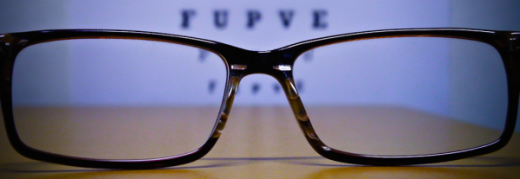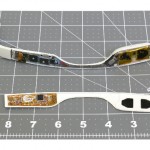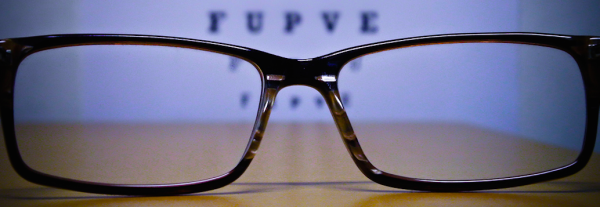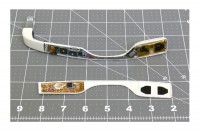a brand new Pair of Glasses: See yourself As Your Donors See You
by way of Charlie Hulme, printed November 5, 2014
How time and again would you walk right into a wall earlier than you determined to have your glasses checked? So why is it that every year we waste resource, time and enormous amounts of money planning and executing donor journeys that don’t ship short, medium or long term internet price?
Aren’t you uninterested in sitting in yet some other strategy meeting with a new agency supplying something remarkably just like what your previous company sold you? And after what looks like eternally you produce but another white board surprise that finally ends up being nothing more than a spreadsheet, manufacturing agenda and finances reasonably than an actual technique.
With performance, lifetime value and retention being so bad does it actually seem viable that simply including a couple of loyalty messages will suddenly repair everything? Many neatly-known charities have invested a whole bunch of heaps of pounds into loyalty programmes most effective to peer loyalty get worse!
we all know the best way we strategize is cumbersome, time eating and not directly futile. however at the least it’s acquainted and no one ever acquired fired for following ‘perfect practise’ (even though it’s getting the worst results). The irony is it takes little to no effort or value to make radical trade. the world is as it’s; the variable is how you’re having a look at it. Your glasses have the flawed lenses; that you could make out some shapes, but everything’s blurred.
Our sector’s blind spot is attempting to persuade donor behaviour with the aid of analysing donor behaviour. each logic and efficiency endure witness that it doesn’t work. take into accounts it: the recency, frequency and worth of reward modeling we’re so wedded to tells us that our absolute best donors are our best donors as a result of they’re our very best donors. We’re working from a version that’s all impact and no cause!
simply to compound the issue we go on to confuse correlation with causation. We overlay our information with the most recent ‘insights’; we append socio-economic information and whatever else is being sold and desperately seek for patterns:
company Guru: “You’ll discover that your perfect uptake for the upgrade ask occurs within the 3rd month. Now, if we overlay this new information modelling we will see that 26% of donors who refused the improve ask did so on a Tuesday. Of these 48% are males, and of those sixteen% put on boxers on a Tuesday. If we drill down into that phase we find that 19% of these shave 3 times a week, and 1% of them are called Donald.”
You: “fascinating, so what will have to we do differently?”
agency Guru: “Ummmmmmmmmmm………………..”
This farcical, dear Groundhog Day strategizing is a fixable downside. All it takes is a slight shift in focal point. by means of accepting the apparent; that we don’t instantly influence behaviour, we will reallocate time, cash and spend on the object that we do right away affect; how a donor thinks and feels about us. This can be each measured and influenced. If you realize the place to seem you can establish precisely what does and doesn’t subject to your donors. that you can outline precisely the messages they will respond to and plan to that end. And which you could map it using custom tools that will let you simply execute your strategy as a substitute of turning it into any other manufacturing time table.
easiest of all you don’t want a whiteboard. that is about fixing what you already do, not seeking to reinvent the wheel year on year.
now not rather adjusting center of attention is as senseless as no longer changing the lenses on your glasses even supposing you retain walking into the wall!
(307)














